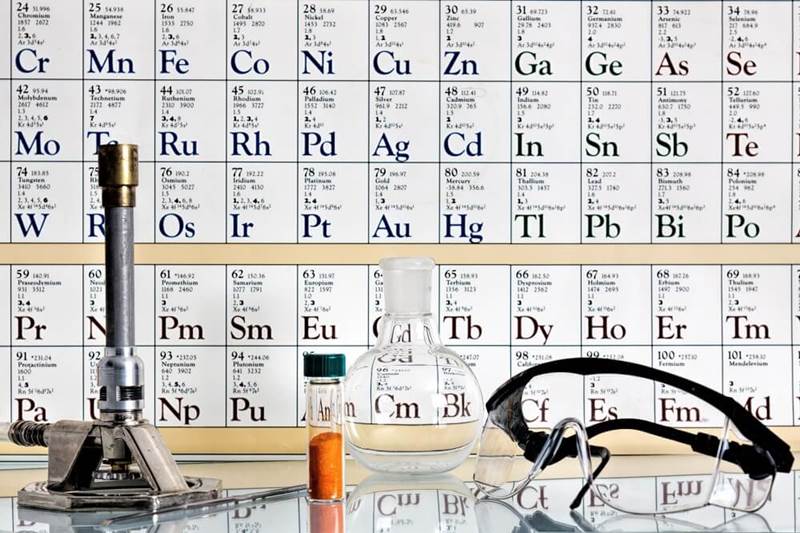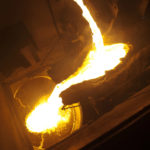As reported by Corrosionpedia in their article “Key Differences Between Ferrous and Non-Ferrous Metals,” metals are fundamental to our daily lives, playing a vital role in applications ranging from jewelry to large-scale construction projects. Yet, what many may not realize is that metals can be broadly categorized into two main groups: ferrous and non-ferrous.
These two classifications of materials each possess distinct compositions and properties that make them suitable for a wide array of applications.
Ferrous Metals, as the name suggests, are primarily composed of iron (Fe). These metals may also incorporate other alloying elements into their structure. The use of ferrous metals has a long history dating back to 1,200 BC, marking the onset of the Iron Age.
The presence of iron imparts unique characteristics to ferrous materials, particularly notable in the construction industry. Their outstanding tensile strength and ductility make them highly prized. For instance, carbon steel, a popular ferrous metal, is a cornerstone of the construction field, favored for building structures like bridges and buildings. Other ferrous metals find use in demanding applications where strength and durability are paramount, such as in the construction of shipping containers, industrial piping, railroad tracks, and automobiles.
While ferrous metals are celebrated for their strength and malleability, their Achilles’ heel is susceptibility to rust when exposed to air and moisture. To combat this, some ferrous metals are alloyed with other elements, enhancing their corrosion resistance. Stainless steel, for instance, is a ferrous alloy well-known for its resistance to corrosion, thanks to the presence of chromium.
Click here to learn more about Advanced Technical Products.
Photo and article with all rights reserved, courtesy of.corrosionpedia.com






